For a New York Times Clipping, A Trip Back in Time
Beer in the Disco Age, the proof of vax era begins, and a chandeliered taproom
I survived a bachelor party in Nashville, and after spending four days in heat and humidity that’s thick enough to cut with a knife, it practically feels fall-like back here in New York. So, I’m embracing it — opening the window, and cracking open my first fall seasonal of 2021: Jack’s Abby Copper Legend, their Festbier that absolutely kicks. Heck, even its orange can screams “autumn is coming.” In full transparency, the brewery sent me these cans, along with a customized stein that I’m also sipping out of right now.
Somehow, I’ve managed to not mention seasonal creep in this newsletter until August 19th, which is showing some restraint compared to the days when I use to scream bloody murder about Pumpkin Ales on store shelves in late June. And while I’m still irked by those autumnal spiced beers sitting on shelves for a month before anyone really wants one, I am absolutely here for Oktoberfest beer season. After all, lagers are year-round crowd-pleasing beers. I’ll enjoy a dark lager in the midst of summer to satisfy my desire for roasty beer with a clean finish (see my Brewery of the Week for further proof). And a smooth, slightly sweet lager with a bitey hop finish is perfectly acceptable whether it’s 90°F or 50°F.
With fall on the horizon, what upcoming (or, let’s be honest, already available) beers are you looking forward to drinking? What beer is a sure sign of fall for you? Have you already had your first Pumpkin Ale of the season? Answer in the comments. I can assure you, you’re not alone in being excited about Decorative Gourd Season.
The Era of Proof of Vaccination Begins
On Monday, New York City began the Key to NYC Pass Initiative, requiring proof of vaccination for dining, drinking, and other activities indoors. I wrote about how breweries and bars prepared to deal with this requirement two weeks ago. Over the weekend and into this week, breweries and bars announced the requirement, which is mandated by the city, on social media. And most venues, upon making the announcement, had to turn off the comments on their posts. It’s not a great sign that customers are already taking out a city demand on businesses, so I’m begging you: please be patient and kind to service staff, now more than ever. They’re going to have to put up with a lot of shit for the next few weeks.
The State of Beer 1978: A Craft Harbinger
Every now and then, I take a peek at the New York Times archives and thumb through its pages on this day in history. Last week, I stumbled upon a few pieces dedicated to beer in the Times’ Living Section from August 1978, and coverage of the beverage paints a dark, but hopeful time for beer in the United States.
By this time in the 1970s, brewery consolidation in the U.S. had reached a fever pitch as the industry moved toward light lagers. “Today the beer made in the United States is lighter than ever,” William Carlsen writes in his front-page piece. But he hints at a future backlash against the homogenization of beer: “as the popularity of beer grows, so does the number of its critics. They complain that all this beer is beginning to taste the same.” Carlsen’s article notes the rapid contraction in the number of breweries — there were only 44 in operation in the entire country by 1978, and the top five were making almost three-quarters of the beer consumed in the U.S. He also points out that the success of Miller Lite, which launched just three years prior, had spawned a dozen and a half other light beer competitors, which boosted profits for major American brands.
But at the same time that American breweries moved toward light beer, the desire for more flavorful beer made overseas was growing. Imported beer grew by 42 percent in 1976 alone, and saw double-digit growth in nearly every year of the 1970s. Carlsen calls this a “powerful countertrend,” and points to a nascent small brewing industry in the U.S. as another sign of things to come.
San Francisco’s Anchor Brewing was the focal point of that countertrend, and a separate uncredited article profiles the brewery’s Steam Beer, which had won a beer competition sponsored by New West magazine the year prior. At the time, Anchor was making “only” ten thousand barrels of beer per year (today, well over ninety percent of all U.S. breweries make less beer than this per year) and its popularity was growing. Then-owner Fritz Maytag had expanded production and grew his distribution footprint as far east as New Jersey, where the Times said Anchor Steam loyalists would “make an occasional drive of as much as nine or ten hours to a liquor store” to purchase the beer at a price of $16 per case (that’s $66 in 2021 dollars).
For those who couldn’t stand a long drive for flavorful beer, a new option was coming. An accompanying article by Carlsen correctly surmises that homebrewing, banned in the U.S. since Prohibition, would soon become legal. That summer, legislation was moving through Congress to regulate the practice — and indeed, just two months later, President Jimmy Carter would sign H.R. 1337, which had an amendment that exempted home brewed beer from taxation. While not formally legal that August, the popularity of homebrewing was growing with the availability of better instruction in popular books and higher-quality ingredients from Europe. In San Francisco, enough yeast was sold by the five homebrewing supply shops there to brew nearly 250,000 barrels of beer — or twenty-five Anchors at the time. The homebrew revolution was just beginning, and with the looming legalization, “some hobbyists are predicting a beer‐making craze,” Carlsen writes.
While homebrewing was an active hobby in New York City at the time, professional brewing had ceased. Fred Ferretti penned a piece in the same issue, lamenting the industry’s consolidation in the five boroughs, asking: “Where Have All the Breweries Gone?” Two years prior, the last commercial brewery in the city, Schaefer, brewed its last beer in Williamsburg. Ferretti encapsulates the three-century history of brewing in New York City, which started in about 1660 with the Red Lion Brewery in then-Nieuw Amsterdam, continued through Colonial times, and reached its peak in the pre-Prohibition era with German brewmasters helping spawn an industry that operated 121 breweries in the city. Those breweries slowly dwindled even before Prohibition, and the post-war era of brewery mergers and closings, national broadcast advertising, and readily-available refrigeration all but spelled the end of local beer — at least for a little while.
It would be another six years before a drop of beer was commercially brewed in New York City — Manhattan Brewing Company, the first modern brewpub, opened in November of 1984.
Brewery Tracker
Total brewery count: 2,326
New breweries in 2021: 252
Breweries visited in Tennessee: 38
Bearded Iris Locations visited: 2
Brewery Visit of the Week
Brewery #719, Bearded Iris Brewing, Nashville, Tennessee (Visited 7-Jan-2017)
This past weekend, I made a long-awaited return visit to Bearded Iris, and I was happy to see that while the brewery had made a massive expansion, the taproom felt pretty much the same. It’s definitely one of the odder taproom decors I’ve seen — part English pub, part burlesque parlor, part scene out of Twin Peaks. Regardless, it’s still a great place to drink a few IPAs. Of course, if you’re not in the mood for IPAs, there’s always the guest tap, which on our visit Sunday was occupied by Threes Vliet. They really know the way to a New York beer tourist’s heart.
It was really nice to have some fresh Homestyle, their delightful oated IPA with Mosaic hops, and the Very Varied Double IPA with Cashmere, Nelson, Citra, and Mosaic was outstanding as well. Yes, those selections may seem a little one-note, but the following day I visited their new location in West Nashville and they wowed me with their Lazy Sportsman ESB and Dreams of Tomorrow Czech Dark Lager (brewed in collaboration with Threes).
Beer Travesty of the Week
If you were a frequent flyer from JFK Airport’s Terminal 4 before the pandemic, you might have kept a mental note that the good local beer was at the bar between gates B35 and B37. Blue Smoke on the Road, the airport outpost of the now-shuttered Danny Meyer Flatiron barbeque joint, poured several local taps, including selections from Captain Lawrence, Sixpoint, KelSo, and even an exclusive house beer from Brooklyn Brewery.
That space has finally re-emerged from its post-pandemic closure… with Anheuser-Busch’s Blue Point branding, exclusively serving A-B-owned beers. Look, I don’t mind a Toasted Lager every now and then, but this bar could’ve gone literally anywhere else but the one spot that specialized in local beer. Worse, elsewhere in Terminal 4, all of the local beer served at bars and restaurants is gone. The beer list is standardized throughout the rest of the terminal, and the only craft offerings are from Sierra Nevada and Stone — California beers being poured at New York City’s Gateway to the World.
Of course, considering what you’ll pay for beers at New York’s airports these days, were you really going to drink one in the first place?
Beer of the Week
Highgate (1701-F)
Living Waters Brewing (Nashville, TN)
New England IPA
8.4% ABV
When I sought out some brewery recommendations in Nashville, a few people directed me to Living Waters Brewing, a coffee shop and brewery on the city’s East Side that’s been open for about two years. Right out of the gate, I ordered a downer with my upper: an IPA to go along with my cold brew from a hand-pulled cask. This version of Highgate, a rotating IPA series, was one of the most pillowy New England IPAs I’ve ever had. It had just a touch of piney bitterness, but otherwise, my palate felt like it was walking on clouds with the effervescent tropical fruit character from the HBC-586 and Citra hops. It was, by far, my favorite beer from my trip to Nashville, and I can’t wait to see what else Living Waters has up their sleeve.
Long Read of the Week
This Good Beer Hunting piece by Matt Osgood wonderfully captures Fox Farm Brewery. If you haven’t made the trek up to Salem, Connecticut to visit this absolute gem, you’re truly missing out. It’s a magical place.
One More Thing
Here are some bingo cards for you and your friends’ next brewery visit, inspired by this illustration from Em Sauter (who’s also mentioned in that Fox Farm piece).



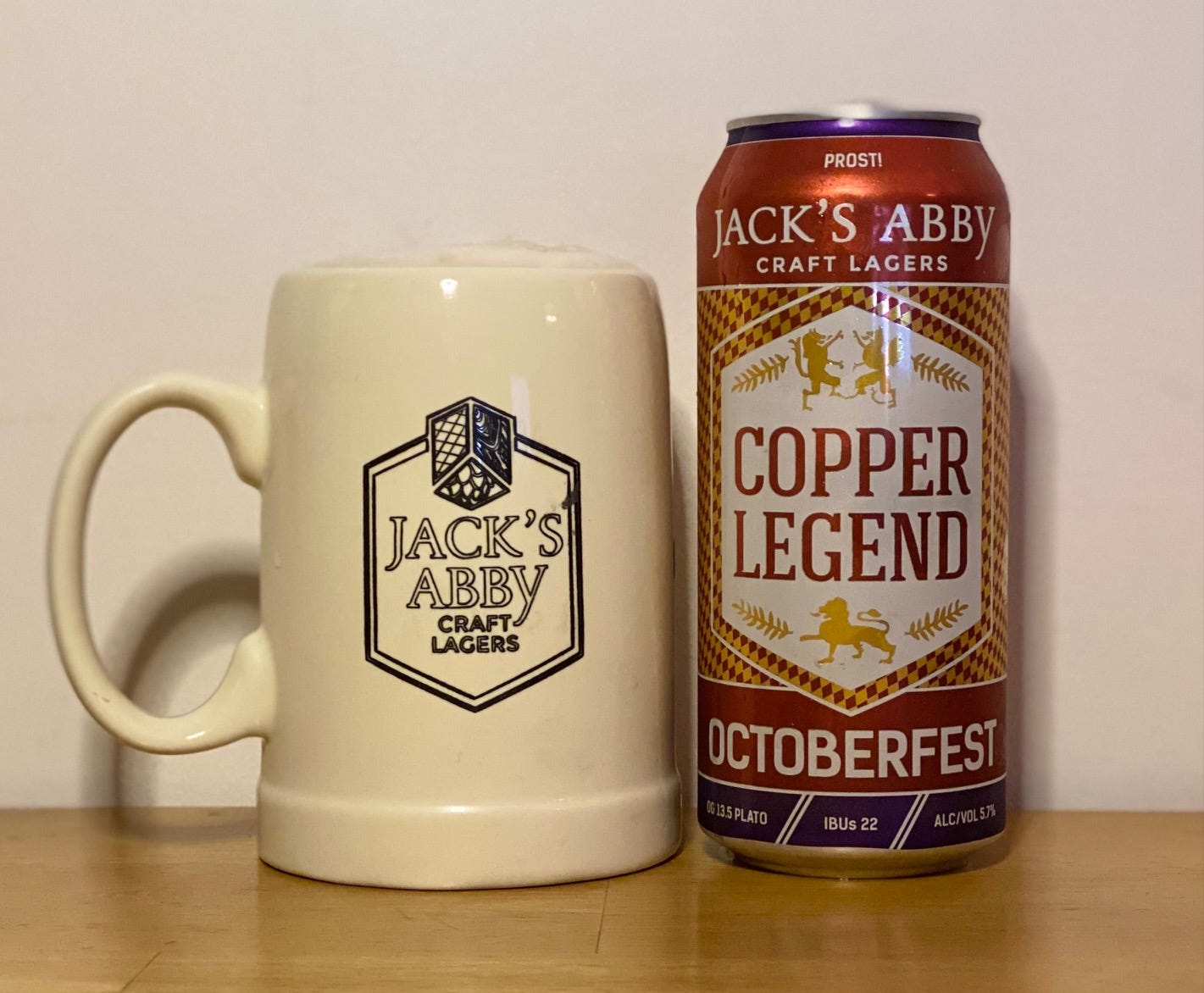
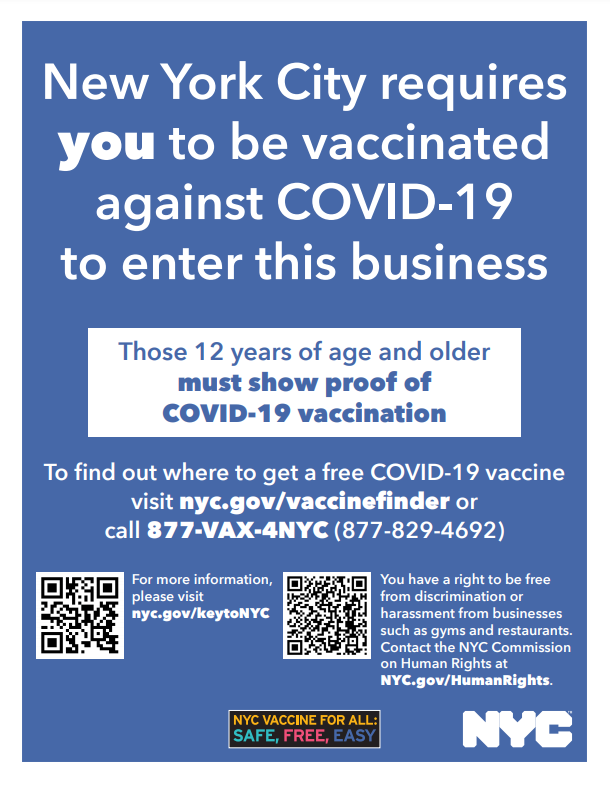
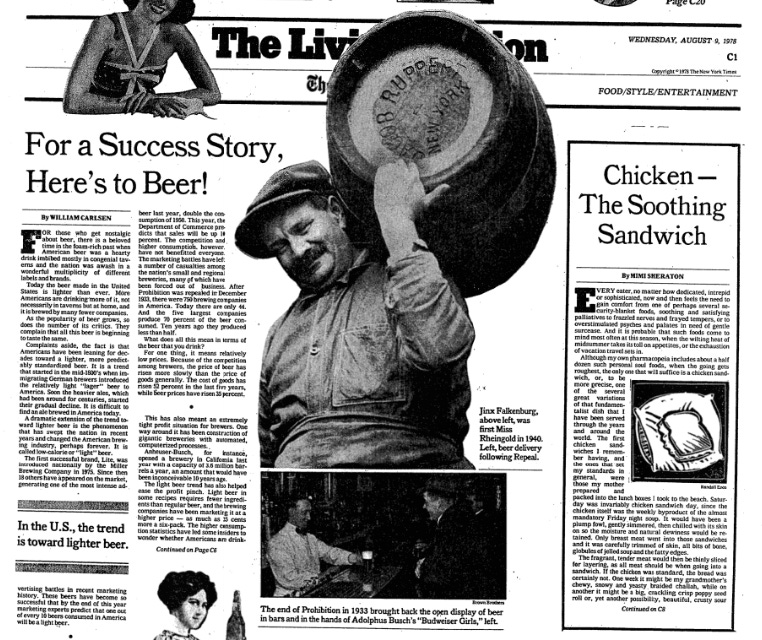
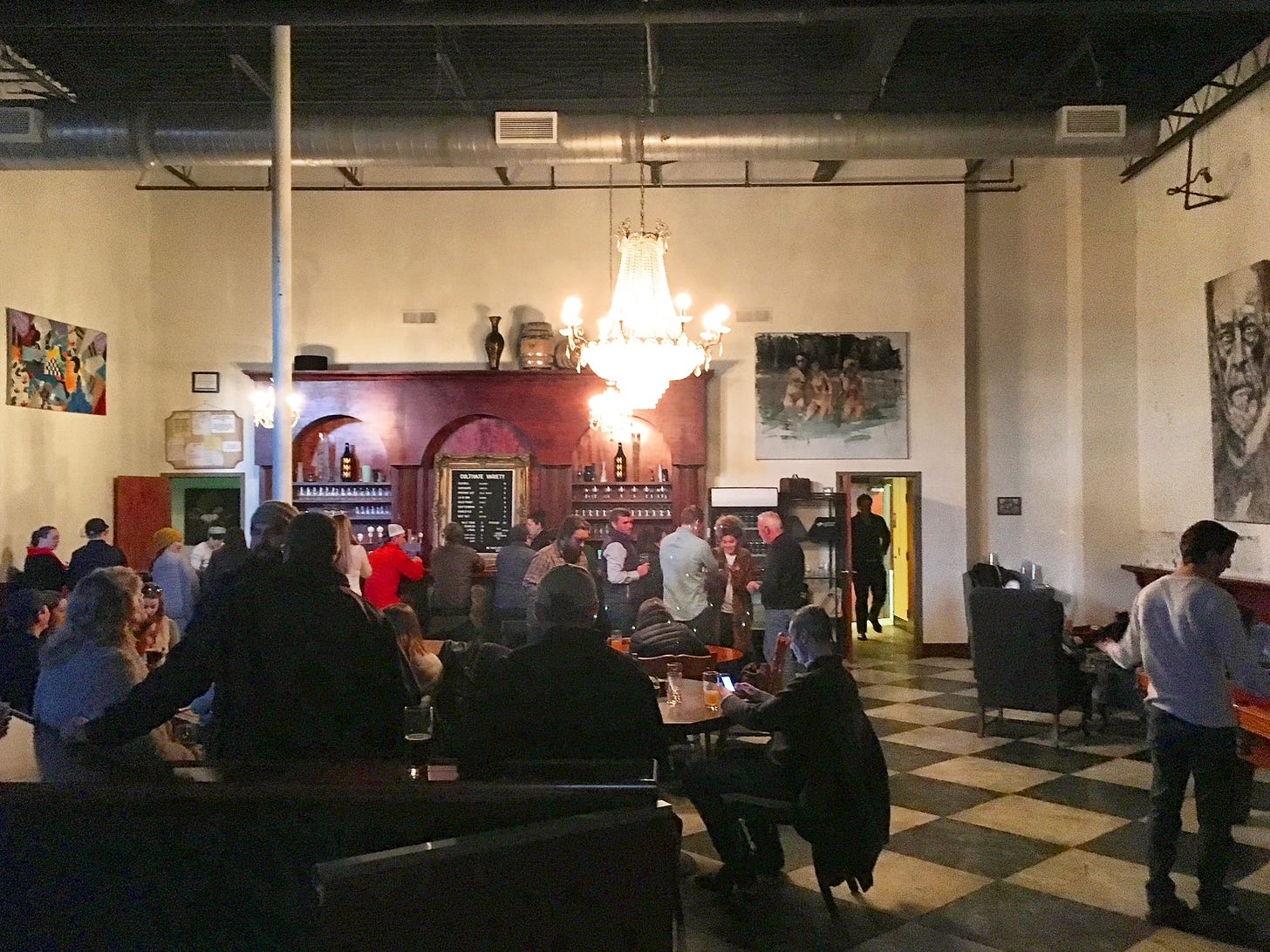
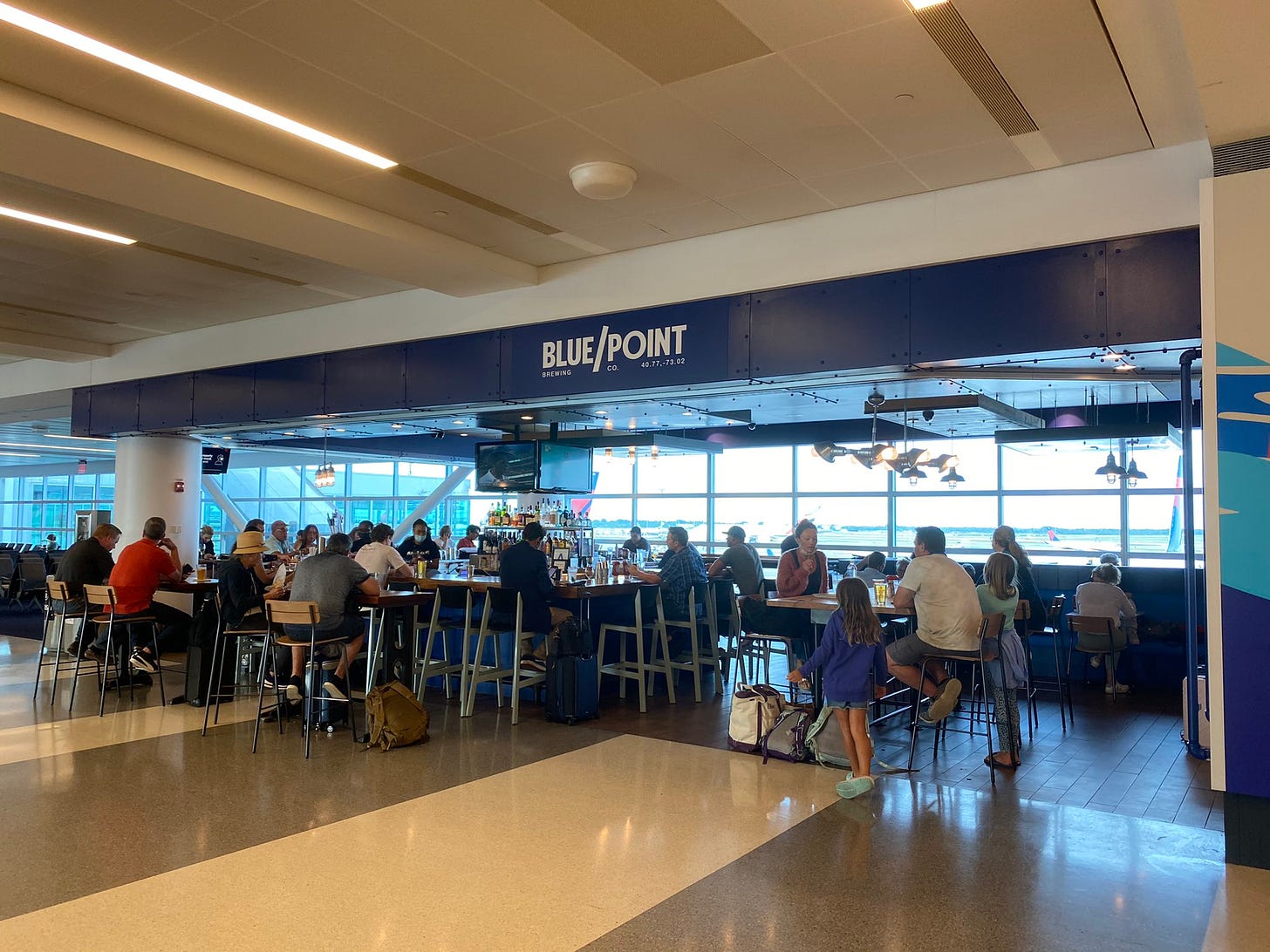
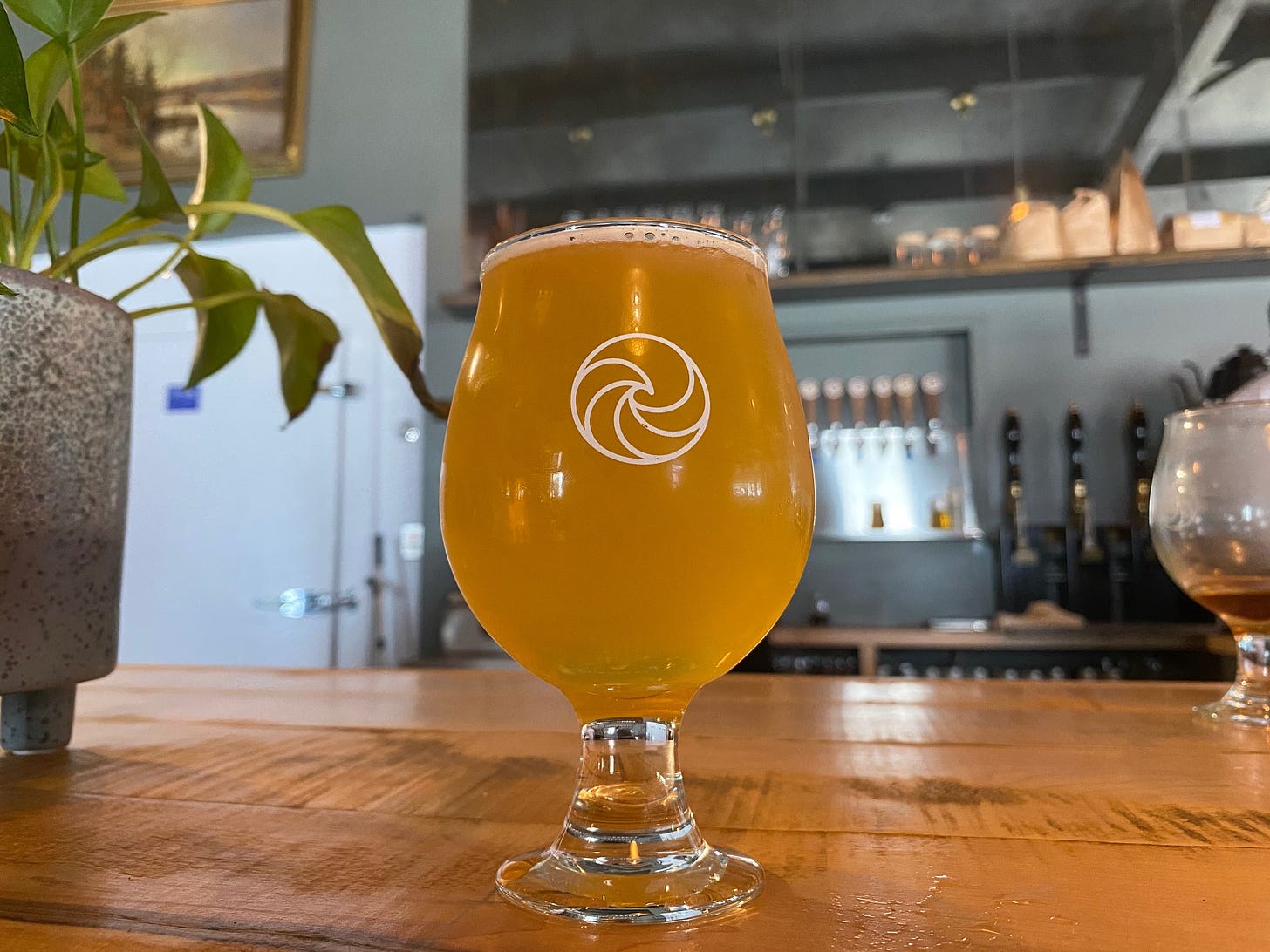
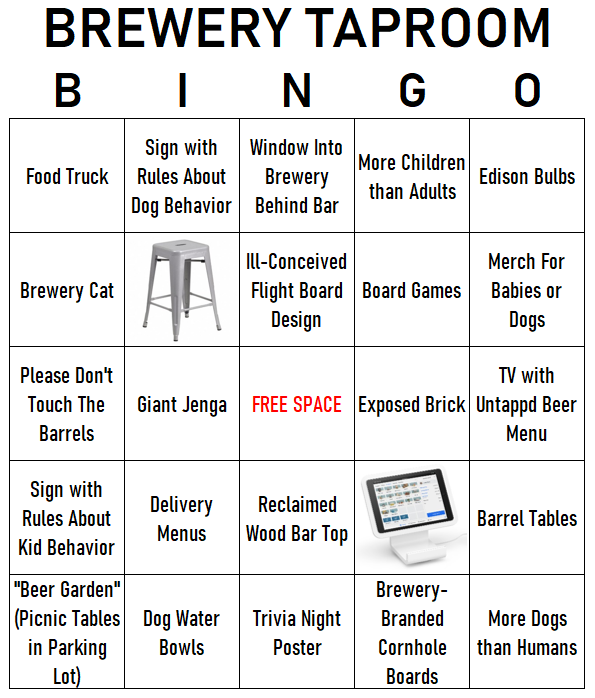
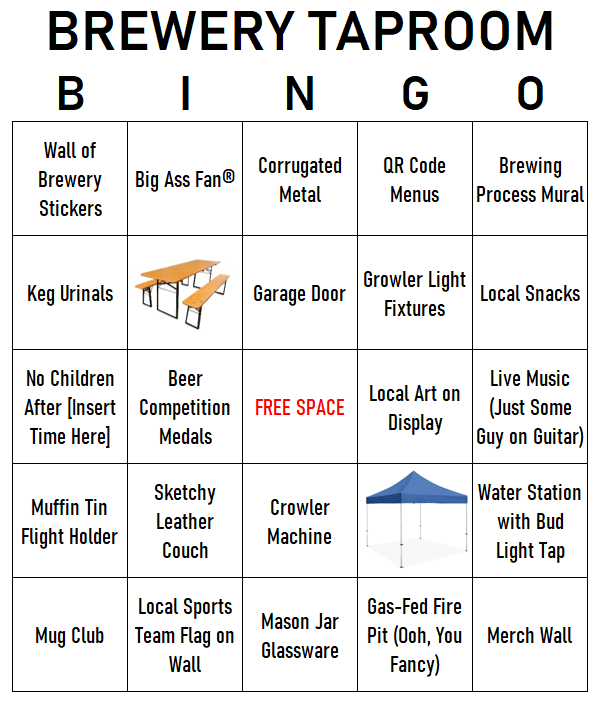
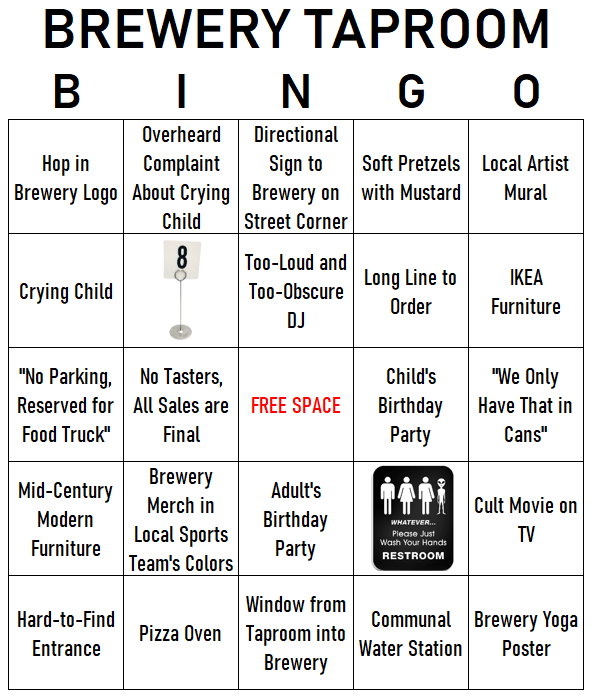
I'm continually amazed at all the breweries you visit, its a vicarious thrill for me to see places I've been to. Bearded Iris and Nashville are great. Hoping to get back late this year if Delta is acceptable. No seasonable beers yet, just got a delivery from Torch and Crown to work through. Excelsior Pass doesn't recognize my Vax record which is super annoying, how this wasn't coordinating better is insane
I have PURCHASED my first pumpkin beer of the year, but won't drink it until after labor day. I was passing by Dogfish Head last weekend and couldn't resist picking up some Punkin while we were there.